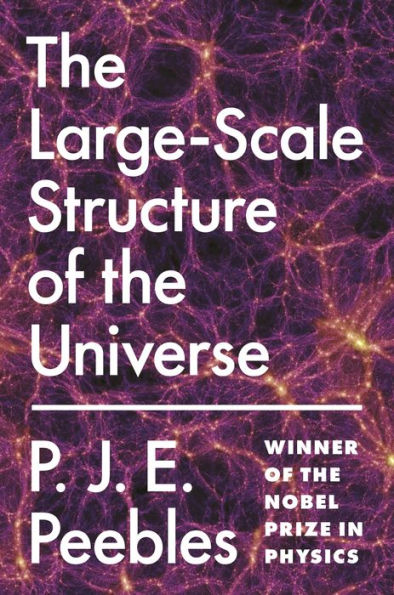The classic account of the structure and evolution of the early universe from Nobel Prize–winning physicist P. J. E. Peebles
An instant landmark on its publication, The Large-Scale Structure of the Universe remains the essential introduction to this vital area of research. Written by one of the world's most esteemed theoretical cosmologists, it provides an invaluable historical introduction to the subject, and an enduring overview of key methods, statistical measures, and techniques for dealing with cosmic evolution. With characteristic clarity and insight, P. J. E. Peebles focuses on the largest known structures—galaxy clusters—weighing the empirical evidence of the nature of clustering and the theories of how it evolves in an expanding universe. A must-have reference for students and researchers alike, this edition of The Large-Scale Structure of the Universe introduces a new generation of readers to a classic text in modern cosmology.
The classic account of the structure and evolution of the early universe from Nobel Prize–winning physicist P. J. E. Peebles
An instant landmark on its publication, The Large-Scale Structure of the Universe remains the essential introduction to this vital area of research. Written by one of the world's most esteemed theoretical cosmologists, it provides an invaluable historical introduction to the subject, and an enduring overview of key methods, statistical measures, and techniques for dealing with cosmic evolution. With characteristic clarity and insight, P. J. E. Peebles focuses on the largest known structures—galaxy clusters—weighing the empirical evidence of the nature of clustering and the theories of how it evolves in an expanding universe. A must-have reference for students and researchers alike, this edition of The Large-Scale Structure of the Universe introduces a new generation of readers to a classic text in modern cosmology.

The Large-Scale Structure of the Universe
448
The Large-Scale Structure of the Universe
448eBook
Related collections and offers

Product Details
| ISBN-13: | 9780691206714 |
|---|---|
| Publisher: | Princeton University Press |
| Publication date: | 09/15/2020 |
| Series: | Princeton Series in Physics , #96 |
| Sold by: | Barnes & Noble |
| Format: | eBook |
| Pages: | 448 |
| File size: | 56 MB |
| Note: | This product may take a few minutes to download. |
